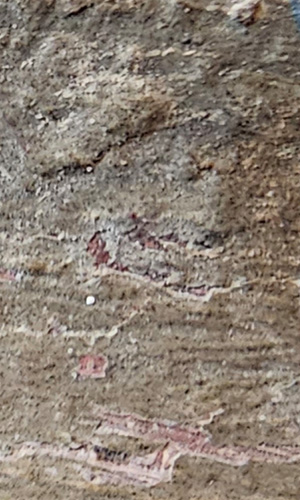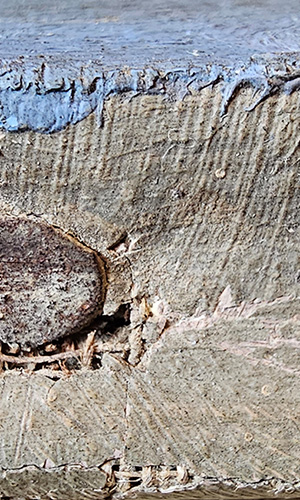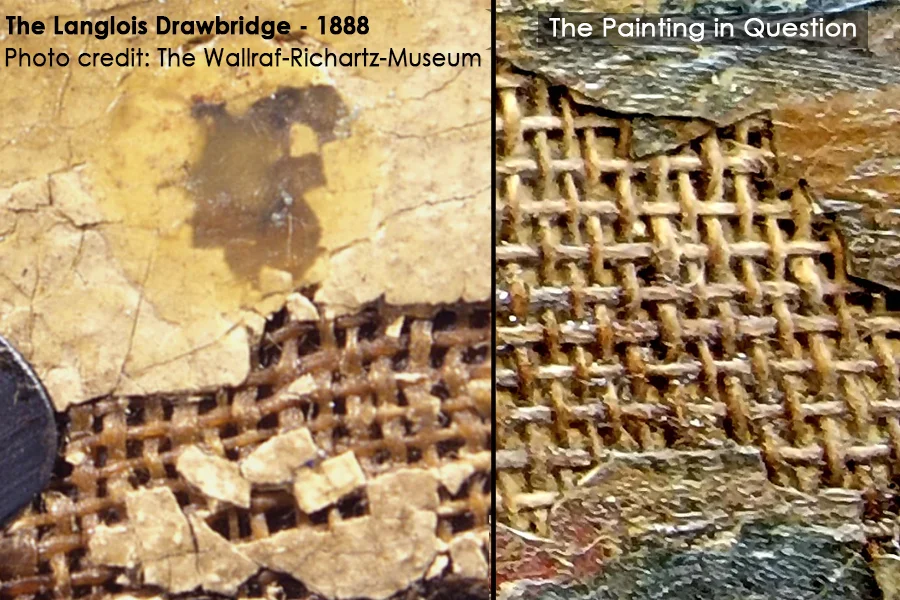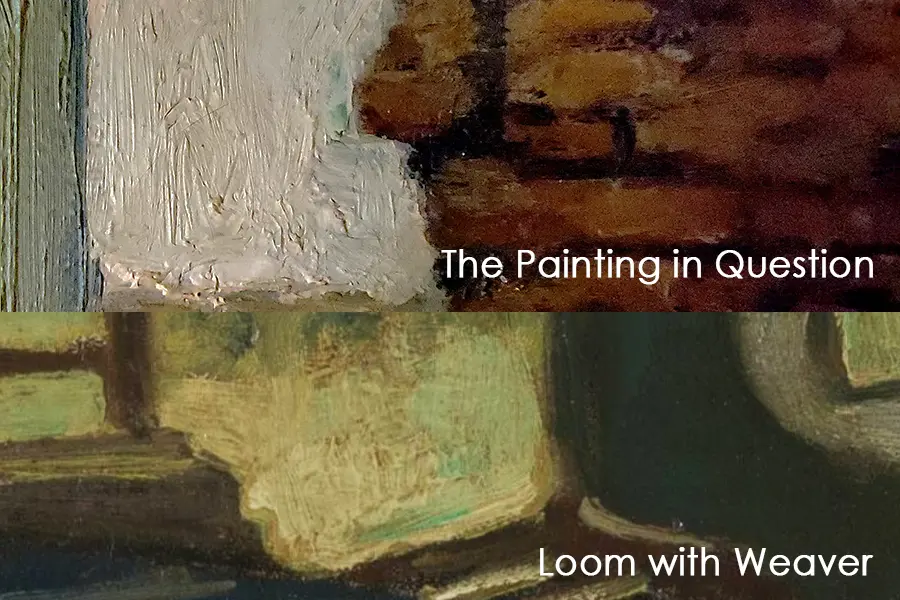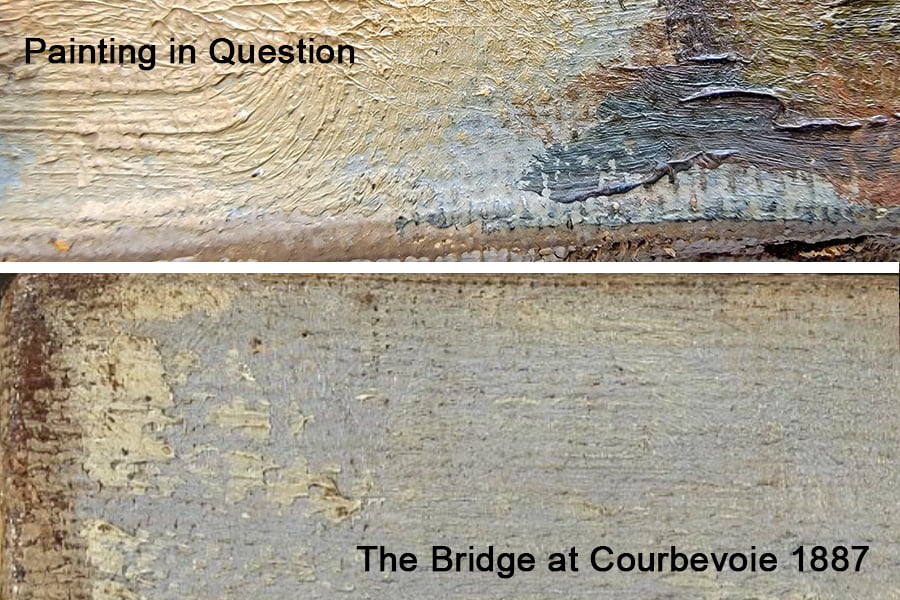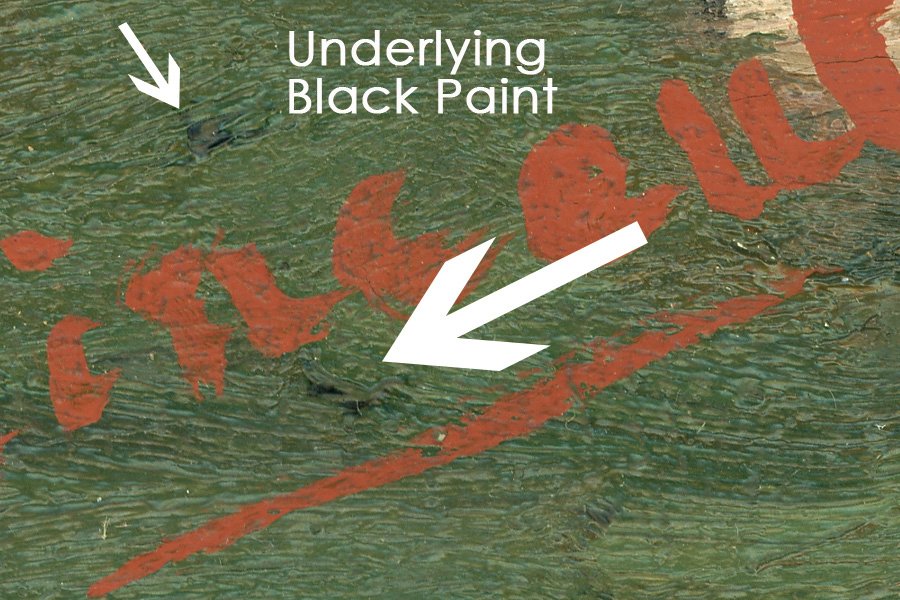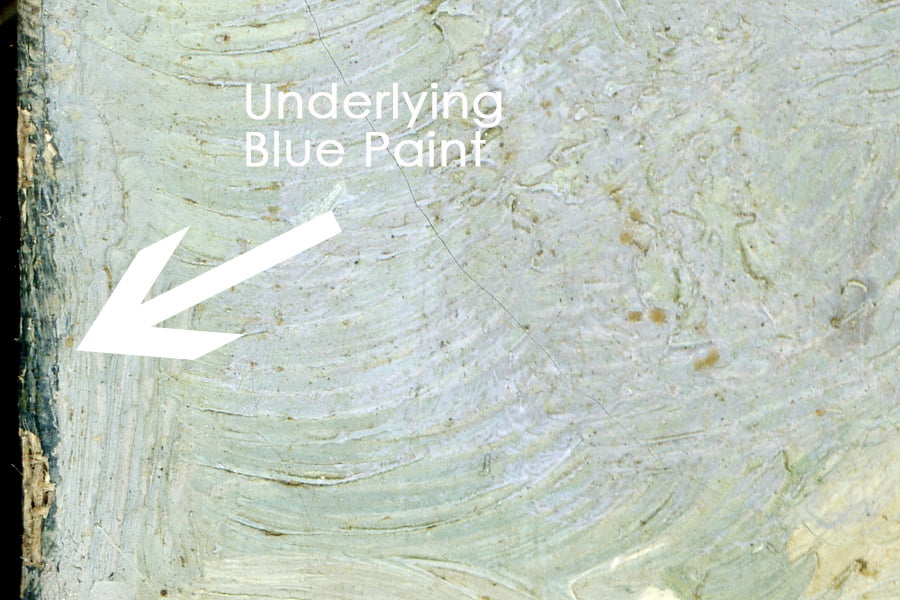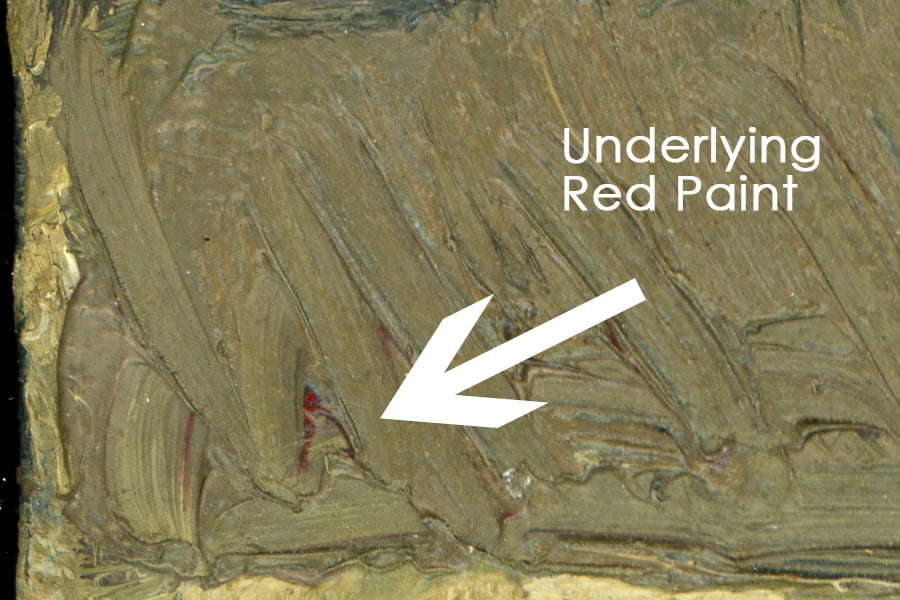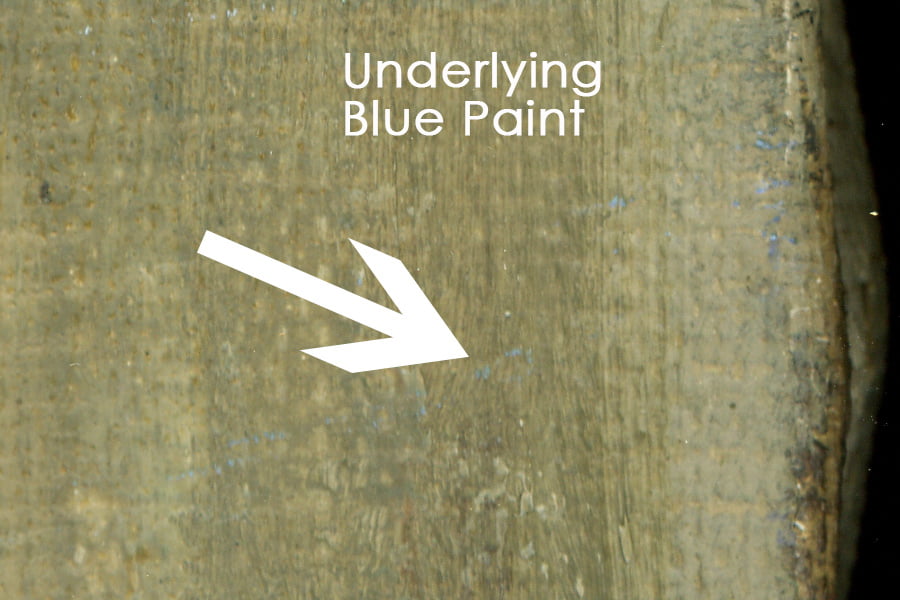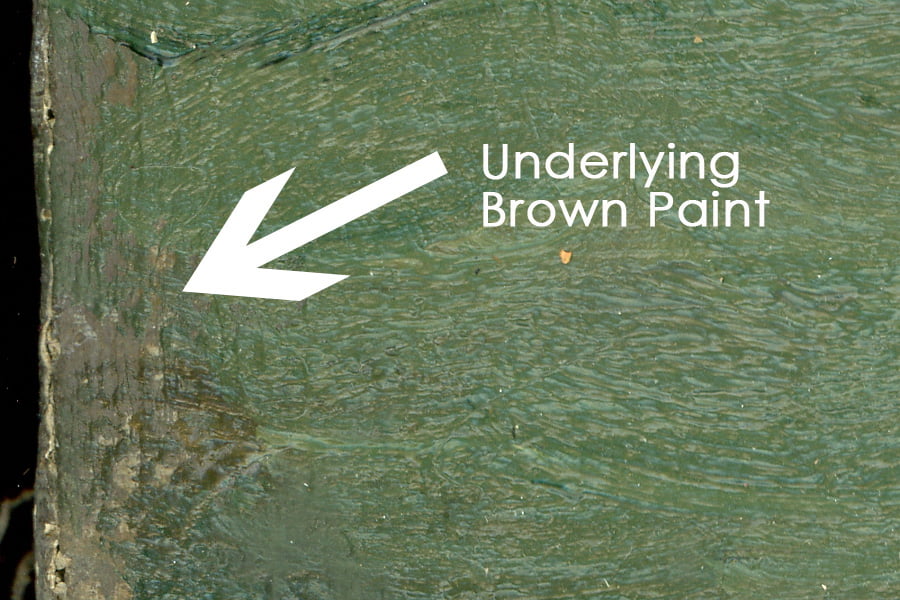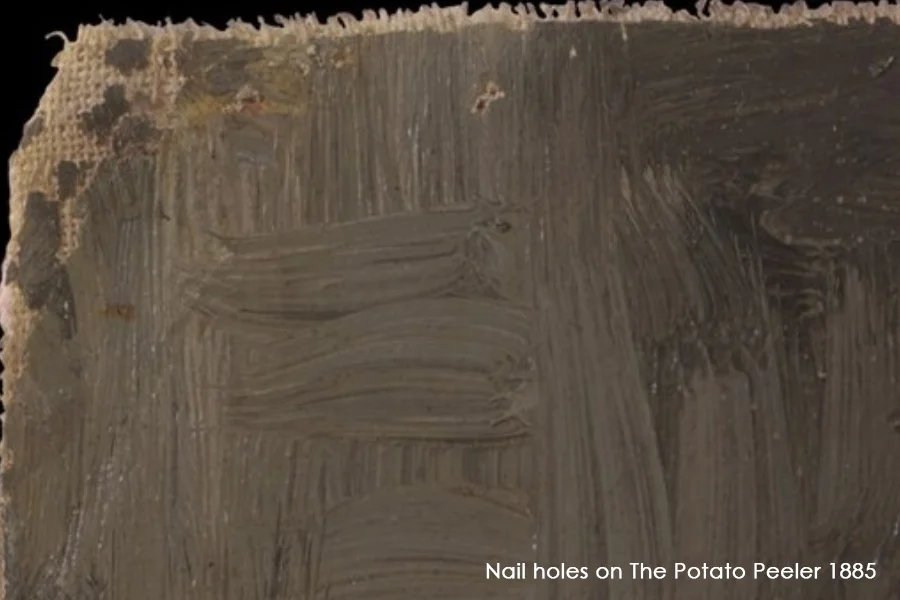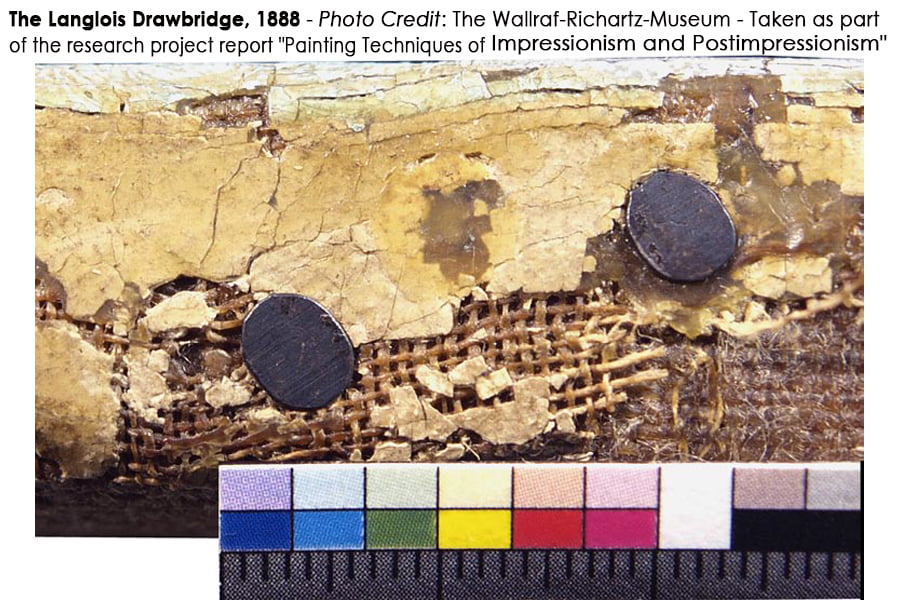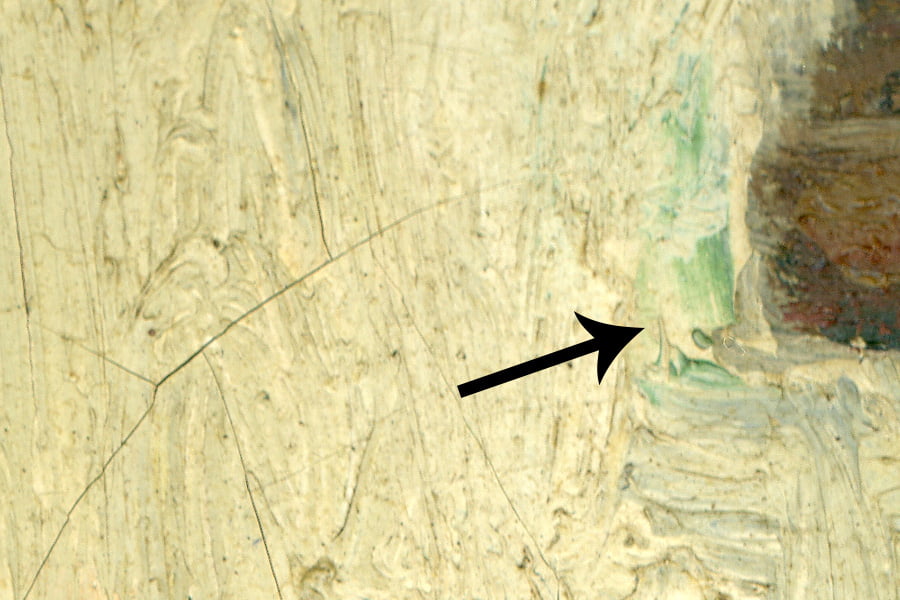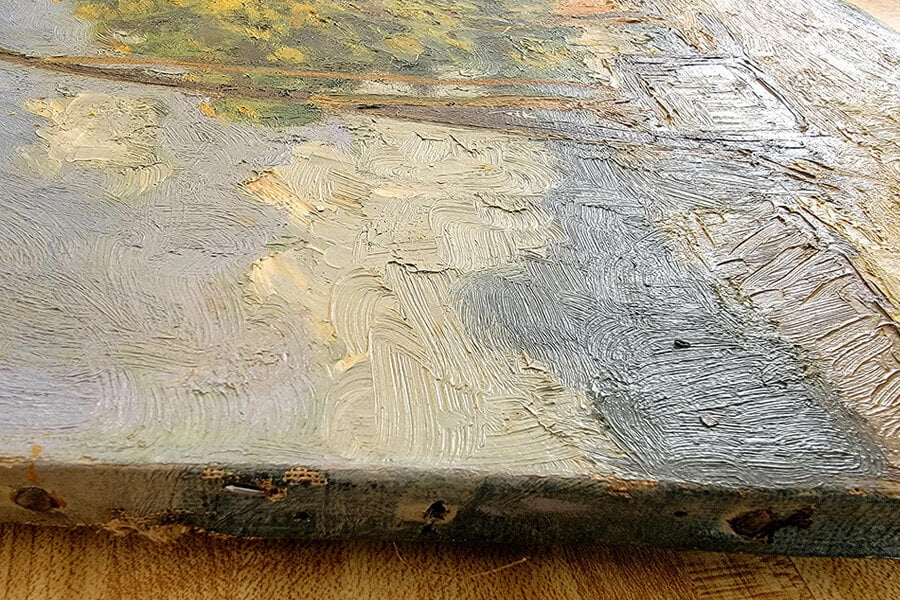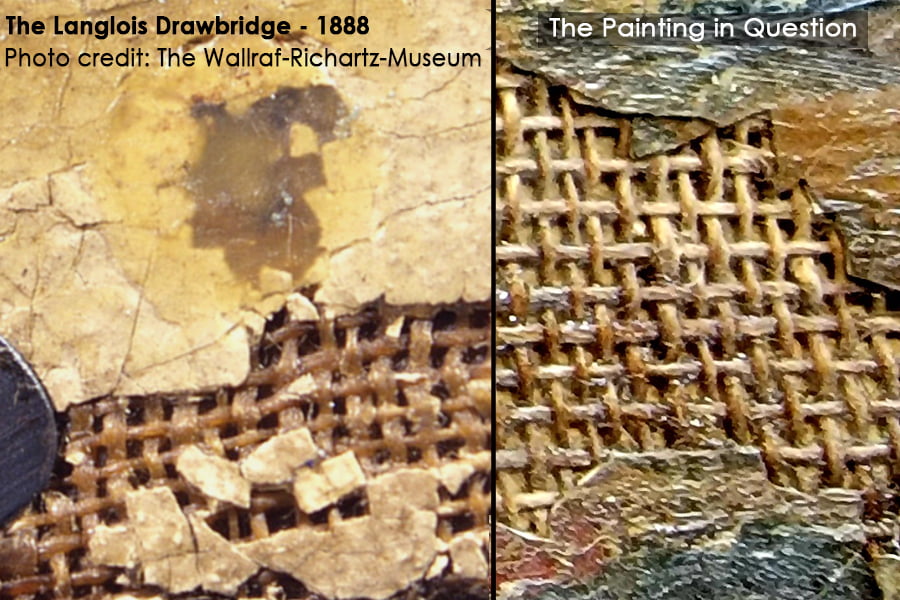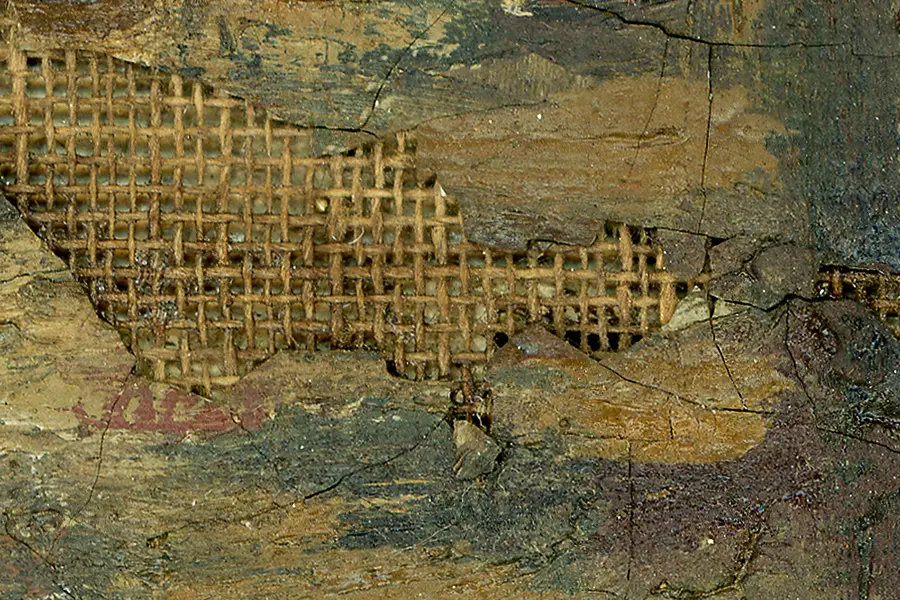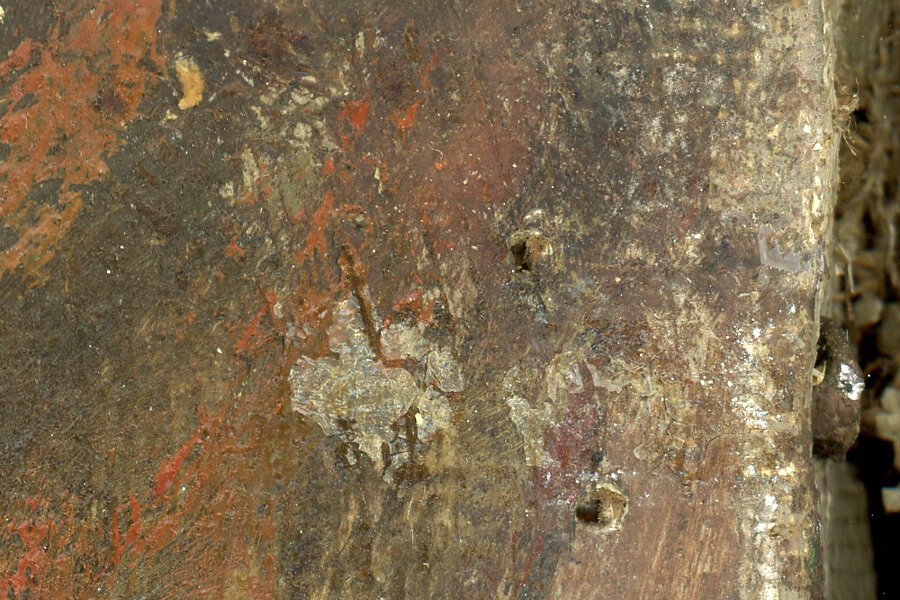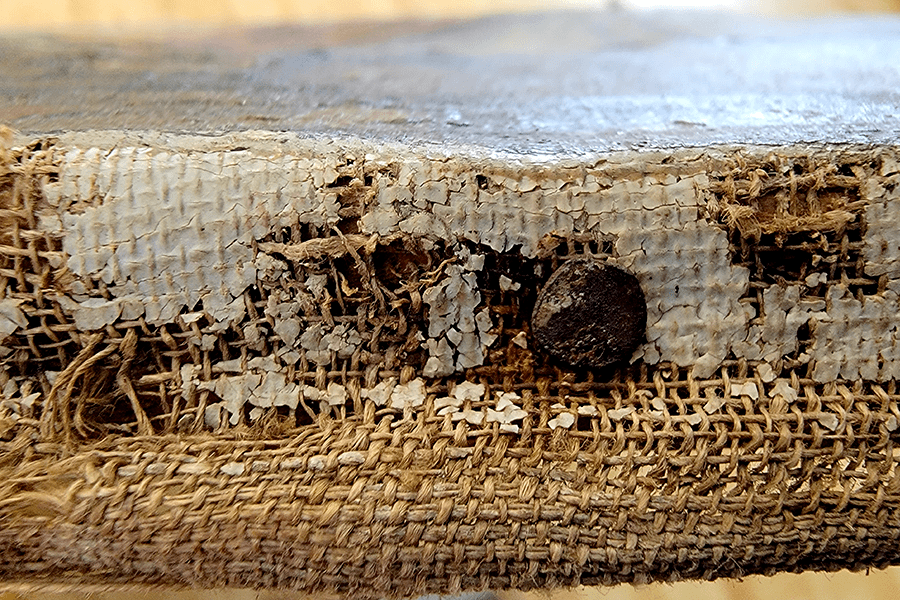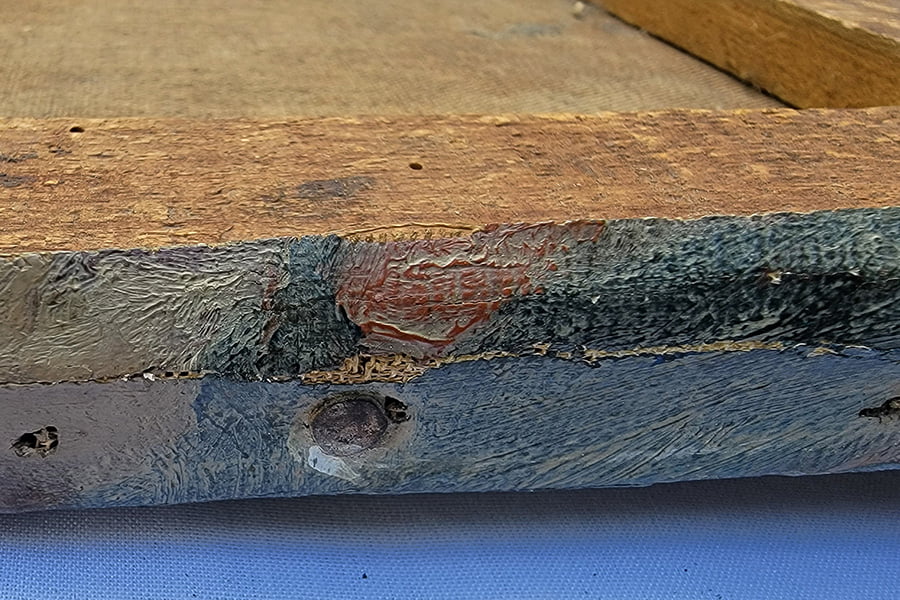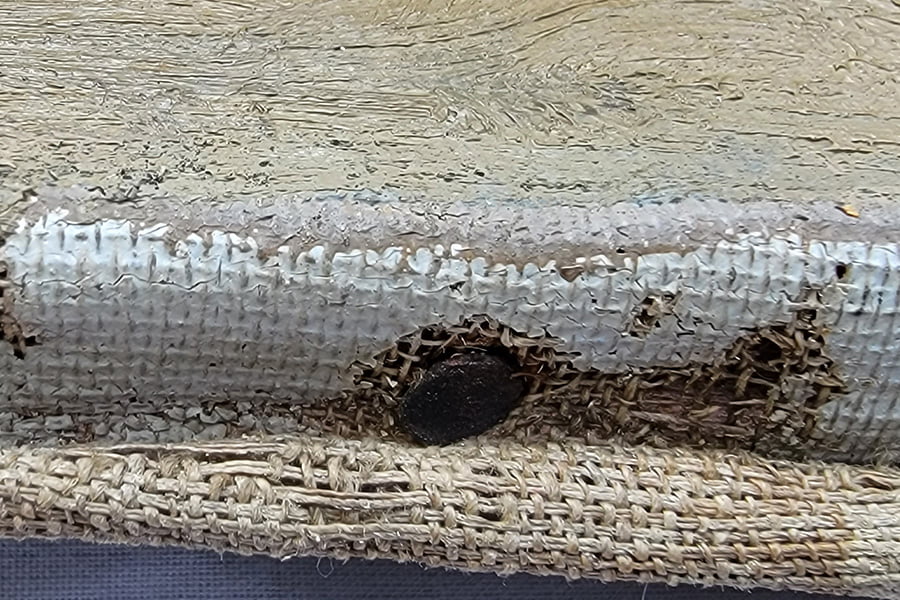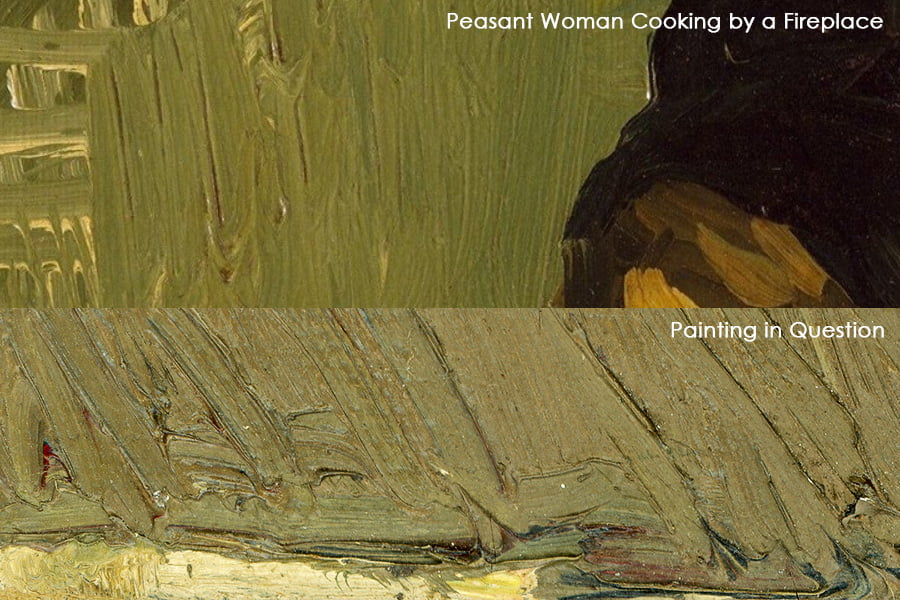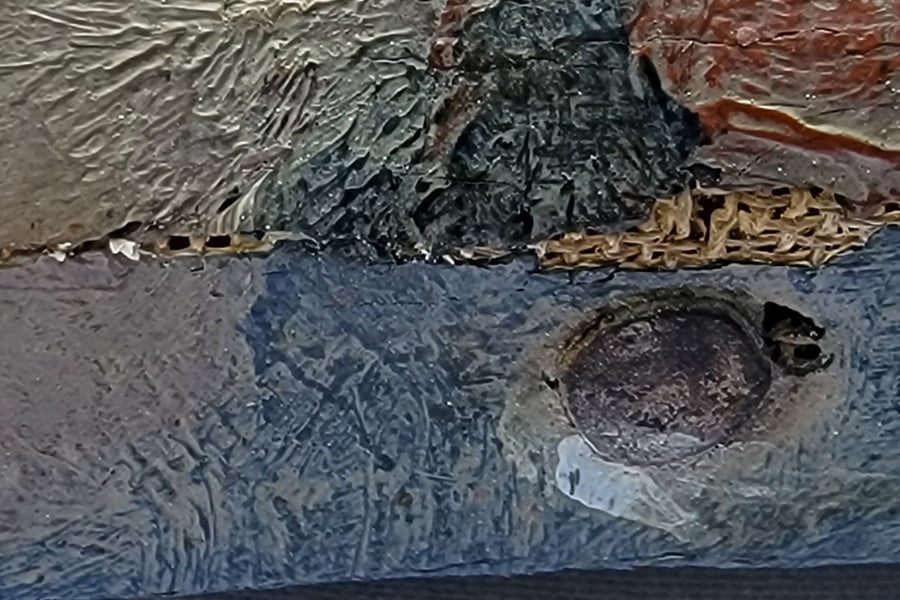Van Gogh Research of Underlying Paint
What do X-rays and Infrared thermography reveal in a painting? All that exists beneath the top layer of paint.
We are aware that Vincent covered over a number of his paintings, mostly because of a lack of funds. 130 of Vincent van Gogh’s paintings were X-rayed by the Van Gogh Museum, and it was found that 15% of those pieces had been painted over.
Still Life with Two Sunflowers (F 376 JH 1331) is painted over a portrait of a man wearing a straw hat. (Most likely a self-portrait).
Cottage at nightfall (‘La Chaumière’) (F 83 JH 777) Painted in Nuenen 1885 shows a shepherd with his flock underneath, as does Two baskets of potatoes (F 107 JH 933); also, a Nuenen completed work in 1885. This painting additionally reveals a woman at the spinning wheel underneath.
Women on the Peat Moor (F 0019 JH 0409) Drenthe, October 1883 is painted over an earlier composition with more figures, almost identical to his sketch in letter 393, October 1883
Still life with three birds’ nests (F 109r JH 942) Nuenen, September/October 1885 X-ray shows part of an interior with a loom.
Jar, brass bowl and potatoes (F 51 JH 925) Nuenen, September 1885 is painted over a shepherd wearing a large cloak holding a staff.
Self-portrait at the easel (F 181 JH 1090) July-August 1886 is painted over a windmill and terrace on Montmartre, possibly Moulin le Blute-fin.
Self-portrait with dark felt hat (F 208a JH 1089) Paris, Aug-Sept 1886 is painted over a study of a nude model.
Glass with Yellow Rose (F 218 JH II44) is painted over a plaster study… to name just a few.
Underlying paint (and nail holes) from the painting in question
It has been determined from sheer scrutiny using magnification that the painting in question was created using several layers of paint. Of course, this is precisely how Van Gogh applied his oils.
He started with a white ground, like Calcium carbonite white, as his first layer and added a second layer of lead white, zinc white, or other pigments. Zinc white yielded a higher impasto, though it was also more susceptible to flaking. The white analyzed for this painting is zinc white, perhaps the reason behind the notable flaking.
When Vincent reused canvases, meaning he painted over existing paintings, he employed various methods of concealing the underlying artwork. Sometimes he would scrape down the paint or use dark-blocking paint before applying fresh ground. Other times, he would apply a combination of pigments directly on top to obscure the original, and more often, the choice of pigment nearly always included emerald green.
Without the need for magnification, we can clearly see emerald green pigment with the naked eye in several areas of the painting in question – Under 1000x magnification dark blue, dark and lighter colored reds, black, pink, and more were revealed.
In June 1885 Vincent wrote the Theo: "The peasant cemetery (The old church tower at Nuenen) has sunk in particularly badly, because it was very different on the canvas at first and I scraped the first thing off completely. It was a total failure at first, then I gave it short shrift and started from the beginning, went and sat on another side and painted early in the morning instead of in the evening. Well, and the other — the one of the cottage — was originally a shepherd. The sheep were shorn last week; I saw it — on a table in a barn".
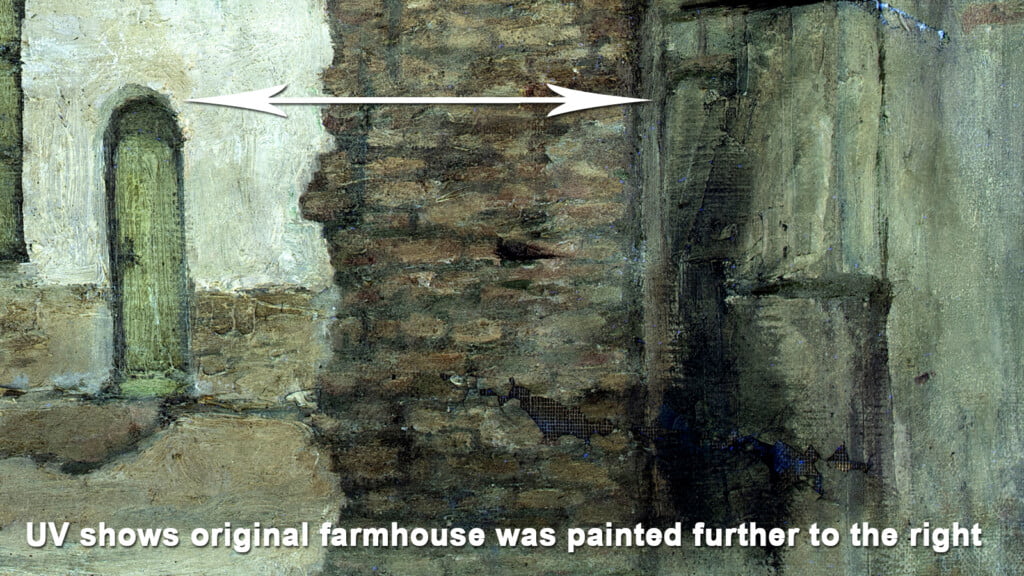
All of the colors used in Still Life 1888 (below) can be found within Farmhouse with Barn and Well, either on the surface or below.


Over the past decade, chemists and scientists have carried out several studies to determine the degradation and instability of the pigments cadmium yellow, chrome yellow, red lake, and other colors used by Van Gogh.
In many of his paintings, Vincent used his favorite color, yellow, and employed three different pigments; chrome yellow, yellow ocher, and cadmium yellow; Chrome yellow contained sulfate groups, and was susceptible to discoloration by turning a brownish-green when exposed to light. We can see this occurring in the Sunflowers series (and possibly the thatched roof of the painting in question).
By analyzing a selection of Vincent’s work using x-ray spectromicroscopy and related relevant methods, we now know that Van Gogh’s Irises which appear blue, were once vibrant violet. The walls of Vincent’s “The Bedroom” were also violet, though they are now blue, and the floor is now brown from pink. This is due to the red lead turning white and essentially appearing faded.
An international team of researchers led by Koen Janssens at the University of Antwerp identified Plumbonacrite (3 PbCO3∙Pb(OH)2∙PbO) as the missing chemical link responsible for the degradation of Red Lead.
